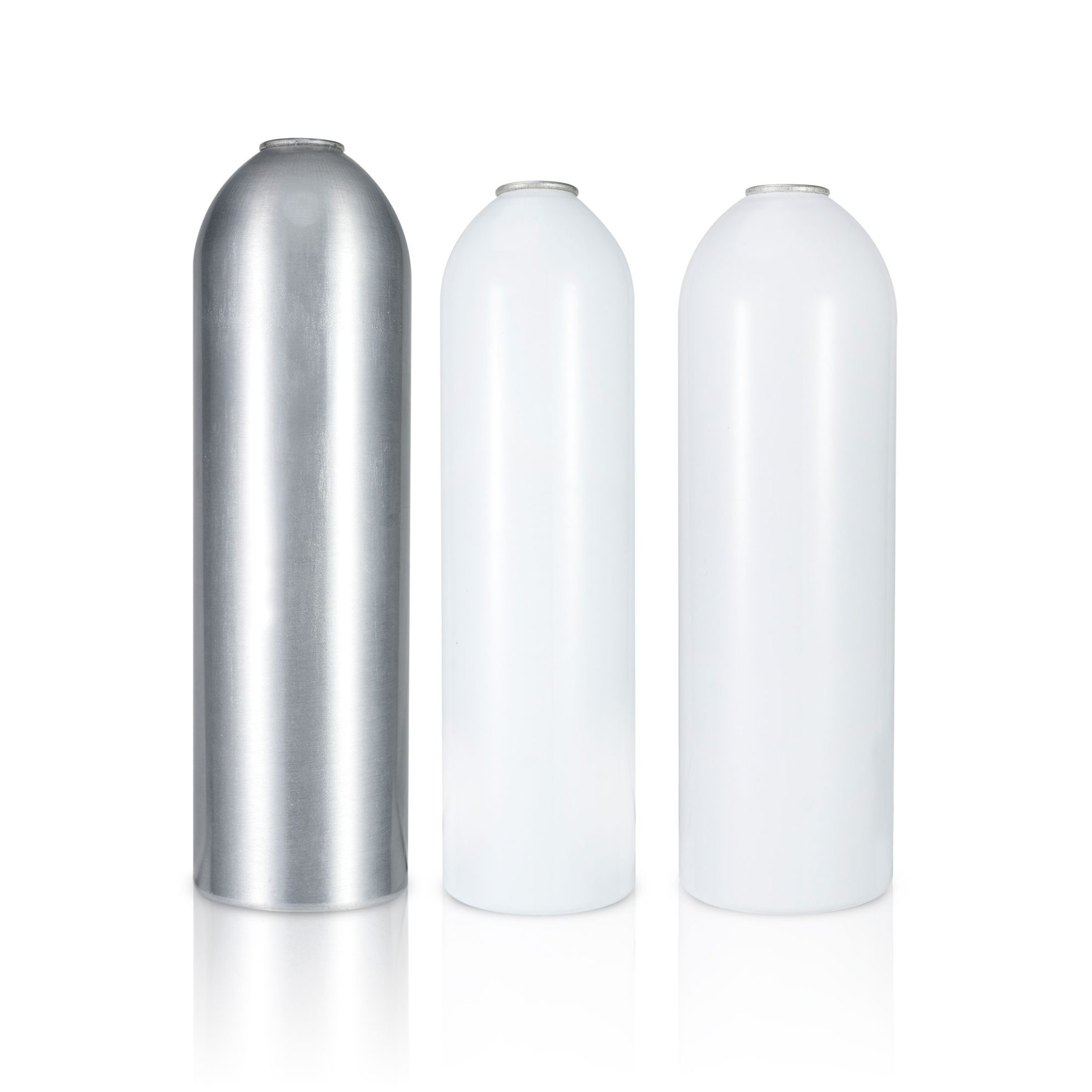When Tsingtao Unfiltered Beer first appeared in sleek silver aluminum bottles, it wasn’t merely a packaging change but an exemplary case study of China’s consumption upgrade. In an era of severe product homogenization in the beer industry, Tsingtao’s aluminum bottle innovation broke the industry stereotype that “beer must come in glass bottles,” reshaping the paradigm of premium beer consumption. This transformation encapsulates how companies can meet and lead increasingly sophisticated consumer demands through product innovation.
I. Breaking Conventions: From Technical Innovation to Cognitive Reconstruction
Glass bottles have long dominated beer packaging, creating deeply entrenched consumer perceptions. Market research shows over 85% of consumers still directly associate “beer” with traditional packaging like glass bottles or cans. Tsingtao’s aluminum bottle innovation originated from technical considerations – aluminum provides superior oxygen and UV protection compared to glass, with special internal coatings preventing metallic taste transfer, creating a more stable environment for live yeast.
But this innovation’s significance extends far beyond technology. Through carefully designed silver-white bottles, ergonomic contours, and ritualistic opening mechanisms, Tsingtao successfully transformed aluminum bottles into visual symbols of premium craft beer. Market feedback shows this packaging innovation increased product recognition at points of sale by 40%, achieving the leap from “meeting demand” to “creating demand.”

II. Value Reconstruction: Packaging as a Vehicle for Meaning
From a semiotic perspective, Tsingtao’s aluminum bottle has become an intricate system of meanings:
Quality Signifier: The metallic finish and precision engineering visually communicate superior craftsmanship
Status Symbol: The distinctive packaging serves as social currency for discerning consumers
Context Marker: Successfully expanded consumption scenarios from upscale dining to outdoor leisure
Market data confirms this value reconstruction – while priced 5-8 times higher than regular beer, aluminum-bottled unfiltered beer maintains 25% annual repurchase growth, demonstrating consumers’ willingness to pay premium for innovative experiences.
III. Industry Implications: A New Paradigm for Premium Competition
Tsingtao’s innovation offers three key industry insights:
Technical Dimension: Packaging innovation must be rooted in core technological breakthroughs
Experiential Dimension: Packaging design should create differentiated consumption rituals
Value Dimension: Seamless integration of functional, emotional and social values
This “technology + design + value” innovation triangle has become a benchmark for premium transformation. Industry analysis shows beer brands following Tsingtao’s lead with distinctive packaging achieved 12-15% higher profit margins in premium product lines.
IV. Sustainable Future: Responding to the Era of Green Consumption
The aluminum bottle also reflects forward-thinking strategy:
Lightweight design reduces logistics carbon emissions by 30%
100% recyclability aligns with Gen Z’s environmental values
Life cycle assessments show 22% lower carbon footprint
This integration of commercial and social values has not only earned international certifications like LEED but also won over environmentally-conscious young consumers.
Conclusion: The Innovator’s Methodological Insights
Tsingtao’s success demonstrates a century-old brand’s transformation wisdom in the new consumption era. Its innovation logic can be summarized as: technology-rooted, insight-driven, design-bridged, ultimately achieving comprehensive product value elevation. This provides a replicable framework for traditional FMCG companies – true product innovation is never singular but systematic across R&D, consumer insight, design expression and value delivery.
As consumer demands continue evolving, packaging innovation will inevitably progress toward greater intelligence, personalization and sustainability. Tsingtao’s case teaches us that in competitive markets, only those who deeply understand shifting consumer cultures and translate them into product innovation can consistently win consumer mindshare. This may be the most profound lesson from the craft revolution in aluminum bottles.





